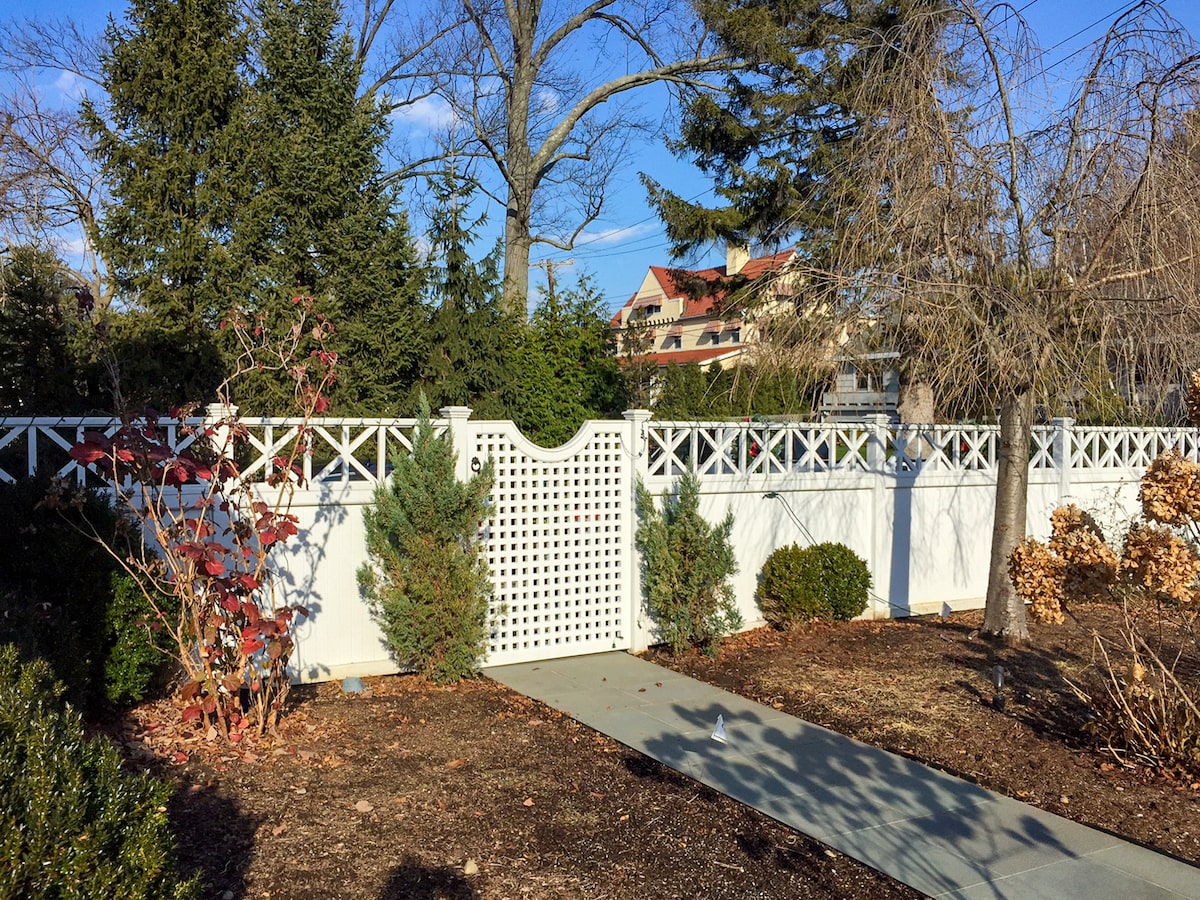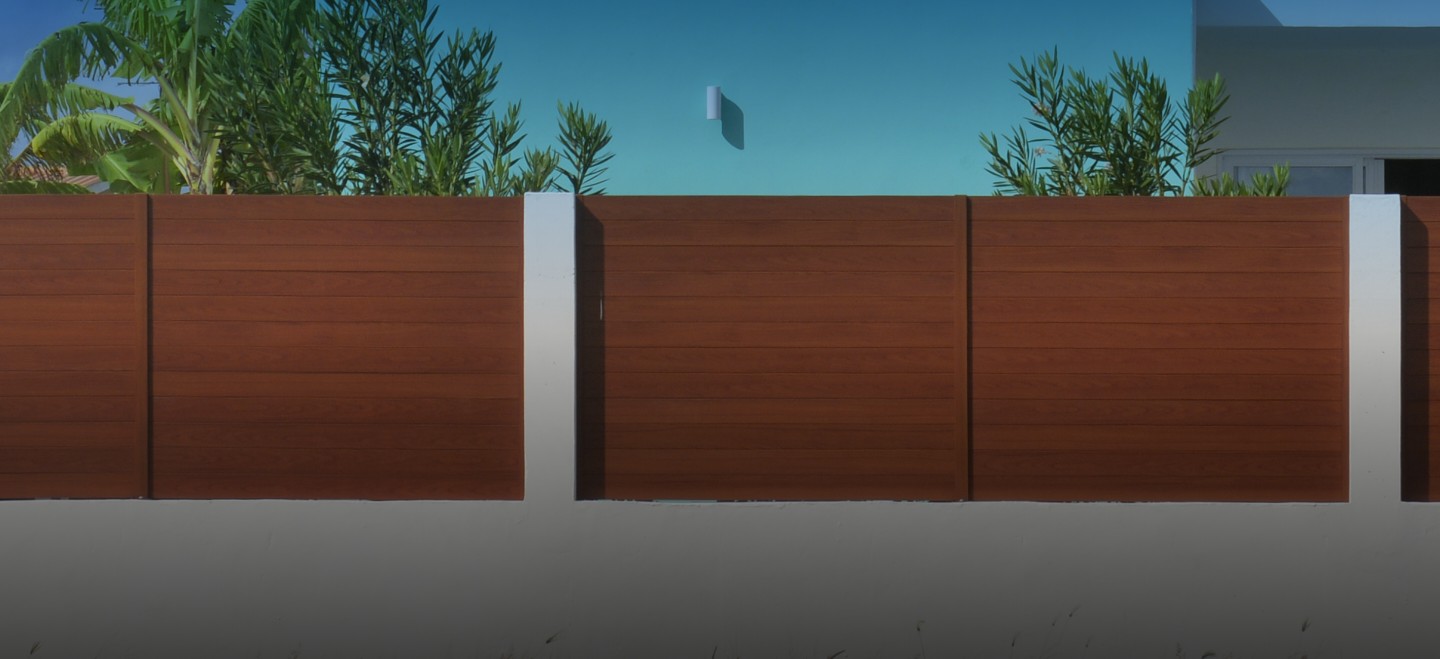All Categories
Featured

When it pertains to selecting the very best fence material for resilience, wrought iron stands apart as one of one of the most durable and reputable alternatives available. Understood for its strength, visual allure, and ability to endure various weather, wrought iron is a preferred choice for both commercial and domestic residential properties. But exactly how does it compare to other secure fencing materials in terms of longevity and efficiency? Allow's take a closer take a look at wrought iron fencing and just how it piles up against options like plastic, light weight aluminum, and wood.
Strength and Longevity of Wrought Iron Fencing. Wrought iron is a solid, heavy-duty material that's created to last for decades, otherwise longer. Unlike lots of various other fence options, wrought iron can endure extreme environmental problems, including severe heat, heavy rain, and also strong winds. This makes it an excellent selection for homes found in locations with unpredictable climate. Due to the fact that it is a metal, wrought iron is not susceptible to the wear and tear that timber fences typically experience, such as deteriorating, bending, or insect infestations.
Resilience: Wrought iron fencings are exceptionally difficult and can stand up to effects and other types of physical tension that could harm other materials. When appropriately preserved, they can last for half a century or more, making them an investment that will provide long-lasting worth.
Wrought Iron vs. Timber Fencing. Wood fencings, while conventional and aesthetically pleasing, usually require more upkeep and have a much shorter life-span contrasted to wrought iron. Wood is at risk to rot, termites, and weathering with time, every one of which can compromise its structural integrity. In enhancement, timber fences might require to be replaced or repaired every 10 to two decades, relying on the environment and the kind of wood utilized.
Upkeep: While wood fencings need to be frequently treated with discolorations, paints, or sealers to maintain their appearance and long life, functioned iron fencings generally require much less upkeep. They might require periodic cleansing or painting to avoid corrosion, especially in damp or seaside locations, yet they will not experience the very same types of degradation as timber.
Longevity: While a properly maintained wooden fencing could last 20 to thirty years, wrought iron can go beyond that lifespan by a number of years, making it a more long lasting choice over time.
Wrought Iron vs. Plastic Fence. Vinyl fence has actually become a popular choice to wood as a result of its low upkeep and resistance to the components. Unlike timber, vinyl does not rot or warp, and it doesn't require to be painted or treated. Vinyl can come to be weak over time, specifically in regions with extreme winter seasons or severe UV exposure. It may crack or break under stress, such as from a hefty influence or a severe tornado.
Durability: While plastic is resistant and relatively resilient to rot and fading, it still can't match the lasting strength and sturdiness of wrought iron. A vinyl fence might last around 20 to thirty years, depending on ecological factors, yet it does not have the architectural integrity that functioned iron supplies.
Maintenance: Vinyl needs minimal maintenance contrasted to timber, however it can still discolor over time, specifically in areas with extreme sunlight exposure. Wrought iron may need occasional corrosion avoidance treatments however generally requires fewer treatments than plastic.
Wrought Iron vs. Light Weight Aluminum Fence. Aluminum is another metal alternative to functioned iron, and while it shares a few of the toughness qualities of wrought iron, it is usually much less solid and sturdy. Aluminum is much more resistant and light-weight to rust and corrosion, making it a prominent option for low-maintenance fencing. However, it's not as strong as functioned iron and might be a lot more prone to flexing or denting under pressure.

Toughness: Wrought iron is dramatically stronger and a lot more durable than light weight aluminum. While aluminum fences can last for numerous years, they might not hold up as well in high-traffic or high-impact locations. On the other hand, functioned iron is much extra resistant to physical damages and can much better hold up against pressure and pressure.
Maintenance: Both wrought iron and light weight aluminum fencings need some maintenance, primarily to stop rust. Aluminum is much less most likely to corrosion than functioned iron, making it a much more low-maintenance option in areas with high moisture or seaside salt exposure.
Final Thoughts: Wrought Iron's Toughness Advantage. Wrought iron stands apart as one of one of the most sturdy secure fencing products offered, surpassing timber, plastic, and light weight aluminum in terms of stamina, durability, and total efficiency. While it does need periodic upkeep, particularly to avoid rust, its ability to stand up to extreme climate condition, physical anxiety, and the test of time makes it an outstanding financial investment for home owners and services trying to find a long-lasting, protected fencing option.
For those who prioritize strength and longevity above all else, wrought iron is an unbeatable selection. Whether you're protecting a home, improving the look of your lawn, or supplying security for an industrial site, wrought iron fencing will provide decades of durability and aesthetic allure that few various other materials can match.
Latest Posts
Flooring Professionals Who Treat You Like Family Members
Published Apr 19, 25
1 min read
Customized Wide Range Monitoring with WyHy Federal Cooperative Credit Union
Published Apr 19, 25
1 min read
Emergency Situation Roof Covering Repair Work-- Stopping Leakages in Their Tracks
Published Apr 19, 25
1 min read
More
Latest Posts
Flooring Professionals Who Treat You Like Family Members
Published Apr 19, 25
1 min read
Customized Wide Range Monitoring with WyHy Federal Cooperative Credit Union
Published Apr 19, 25
1 min read
Emergency Situation Roof Covering Repair Work-- Stopping Leakages in Their Tracks
Published Apr 19, 25
1 min read